Too often, projects get bogged down when the teams working on them become overwhelmed by a too-heavy workload. This happens for a variety of reasons, but how an organization assigns and prioritizes work plays a pivotal role. Management may misjudge the amount of work a team can handle or waste a productive team’s workflow on tasks that don’t contribute to project completion.
No matter what’s challenging your team’s productivity, a kanban pull system can help.
This project management tool relies on a kanban board to visualize a project’s essential tasks, enabling team members to choose their own tasks from the board. In other words, they “pull” their work from a list of assignments rather than management “pushing” it on them.
The benefits of the kanban pull system lie in its ability to limit the amount of work in progress by encouraging team members to take on new tasks only when necessary. Employees remain focused on prioritized tasks, which improves productivity and, eventually, reduces lead times for deliverables.
Understanding the kanban pull system’s beginnings
The thinking behind the kanban pull system began with the lean production philosophy, which Toyota engineers first implemented. They set out to find a solution to the inevitable loss of productivity caused by variations in demand. In doing so, they found a balance between “mura,” the Japanese word for unevenness or variation, and “muri,” the state of being overburdened.
This workflow’s usefulness in a variety of situations proves just how powerful it is. Before companies applied the pull system as a project management tool, the concept of focusing on only what’s immediately important was the basis of “just-in-time” production. Companies employing this production model produce only what’s necessary to restock their supply in order to keep up with current demand — just like in a pull system.
Toyota found success with its new production concept, and project managers, CEOs, and team leads around the world eventually integrated pull systems into their project management guidelines. Easily paired with a kanban board, the modern pull system is now a popular productivity tool in offices and boardrooms around the world.
Creating your own pull system
The kanban pull system only works in conjunction with a kanban board, so the first step is to create the board. A kanban board provides an easy-to-understand visualization of all the tasks, improvements, or goals of a project or work initiative.
Each board uses a collection of cards representing the tasks that make up a project. These cards have designations like “completed” or “in progress,” depending on task status. Companies can use a physical kanban board — often a large corkboard in a common space — or input the data into a digital kanban board.
Combining a kanban board with a kanban pull system keeps your team up to date with an accessible view of a project’s state. Team members can select the most meaningful tasks, limiting the need for excessive meetings and handoffs.
Integrating a kanban pull system into a physical kanban board
- Collect the list of tasks or goals that need to be accomplished to complete your project.
- Prioritize them by due date and overall importance for project success.
- Write these tasks on individual note cards, sticky notes, or whatever medium works best for you and your team.
- Come up with a way to identify the status of each task, either by using color-coded cards or straightforward designations like those referenced above.
- Create pull signals for your team that prompt them to take on new tasks. For example, when your team marks a target number of kanban cards as “completed,” that could function as a signal.
Building a digital kanban pull system: Add a few steps
- Collect and identify the same data you would for a physical kanban board.
- Allow team members to input new data and task status updates through online forms. Services like Jotform can automate this process.
- Create a table of tasks in your productivity software to act as a digital kanban board.
- Implement digital pull signals, such as sending automatic notifications or emails to workers when completed tasks reach a certain threshold.
Upgrading data collection
You could lose any productivity you’ve gained from a kanban pull system if your team is unable to quickly update information about their current workload on the board. Thankfully, a number of solutions to this problem complement the efficiency of a pull system.
Jotform Tables automatically updates with project information submitted through connected online forms. Project managers can send these premade or custom forms to their teams at regular intervals, removing another step from the project management process.
If your team decides to construct a physical kanban pull system, it’s still possible to automate data collection. Jotform’s Assign Forms feature allows project managers to email an invitation link to team members. That link takes team members to a form that they can use to send their data — online or via Jotform’s mobile app — to the project lead so they can update the kanban board.
A kanban pull system can revolutionize any team’s workflow, giving workers more autonomy within their projects and ensuring the most important work gets done first.


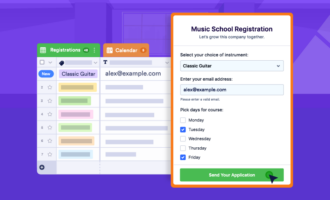

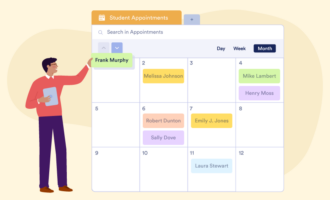

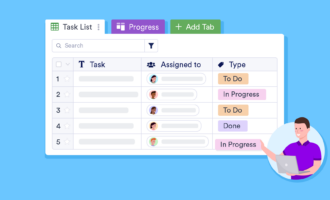
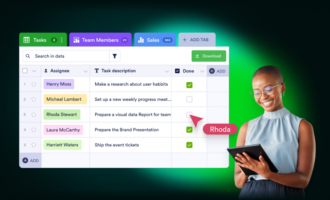





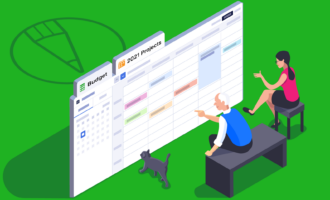





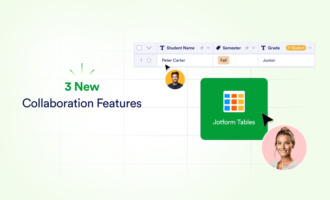

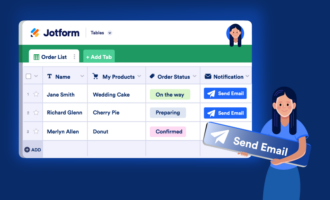





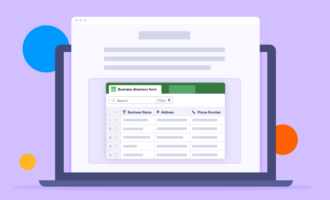

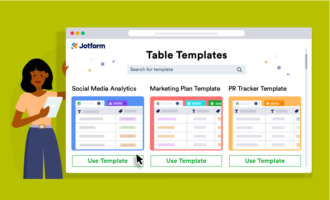

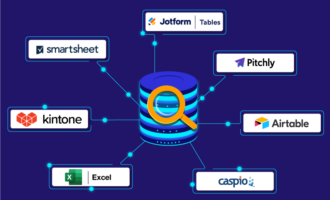





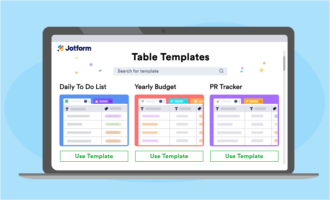

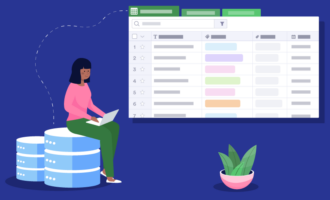


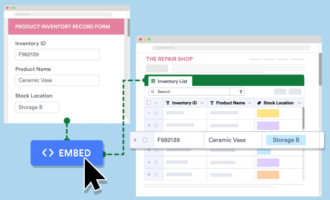
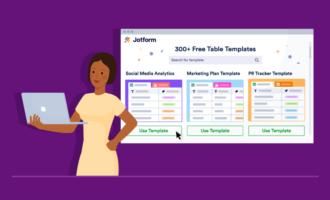


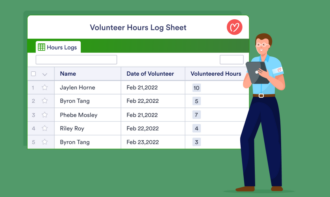


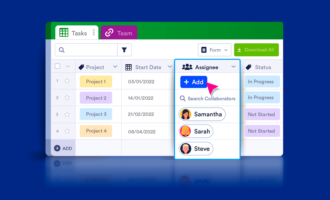






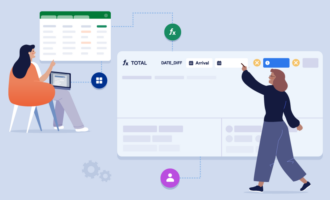



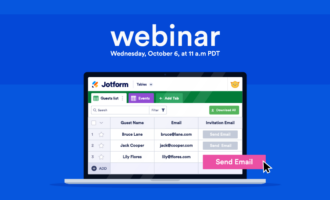







Send Comment: